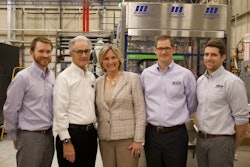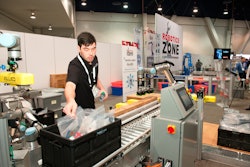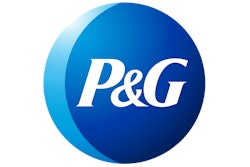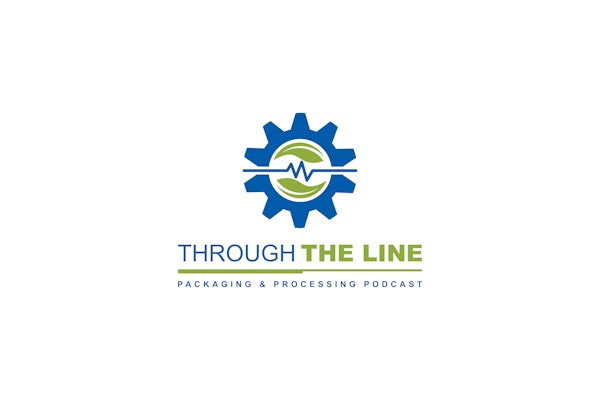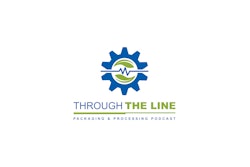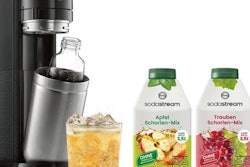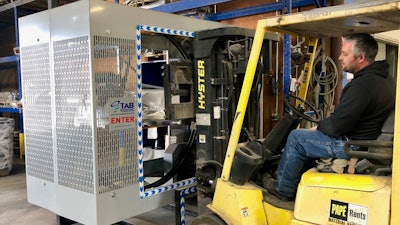
Business continues to boom at Oregon Powder Coating, Tangent, Ore. The regional supplier of powder coating and sandblasting services has grown into a nearly $3 million per year operation with 16 employees serving a range of automotive and agricultural among others. As the company’s production volume of powder-coated metal parts and other finished products increased, so did demands on its packaging department to ready finished orders for delivery. An average of 30 pallet loads per day needs to be wrapped and secured for delivery via the company’s own fleet of box trucks. Pallet loads had long been raised by forklift and two workers hand-wrapped plastic film around and under the pallet load, bending and reaching as they passed the roll back and forth, carefully keeping the load from falling while avoiding contact with the pallet. Though no one suffered a serious, reportable injury, owner Steve Lewis fielded a number of complaints about how performing this manual process hour after hour was causing back soreness. And while this wrapping procedure is commonly used throughout the metals industry, he set out to preemptively address the situation before anyone could get hurt. “As we got busier, I could see our guys were working faster and it was only a matter of time before something happened,” Lewis says.
Lewis also needed to protect his finished products. Though the powder-coating process provides extended wear and weather resistance that allows products to be installed outdoors, powder-coated parts are also sensitive to scratches and scuffs due to mishandling, especially when a part slides or rubs up against another part. Of the roughly 600 pallet loads delivered each month, an average of a part per month would be rejected due to damage caused by the pallet load shifting in transit. It’s an impressively low rate; but at an average of $200.00/part with 12 parts per pallet, the cost to recoat a rejected order could exceed $2,000.00, on top of the cost of delaying other orders in process and paying overtime that cannot be billed to the customer. Lewis recognized the manual wrapping process invited inconsistencies in the wrapping that allowed this damage to happen.
“Sometimes, the wrap was too tight and would allow the film to tear, other times the wrap wasn’t tight enough and would allow the parts to slide about,” he says. “We need to keep the parts secure in place to ensure they arrive safely in the same pristine condition as when they left the building.”
Lewis was also concerned that as volume increased, the time and labor required to palletize, wrap, and package each order needed to be addressed to meet tight lead times. Two to three workers typically spent five minutes to wrap each pallet load, sometimes longer, depending on the shape or type of product. Sometimes, pallets were left waiting for wrapping until a worker returned from lunch or a break, which would also leave the other workers idle. The inefficiency in the packaging department tugged at Lewis, who had established a very efficient production process upstream. He investigated a variety of packaging solutions such as horizontal, turntable wrappers and orbital wrappers.

